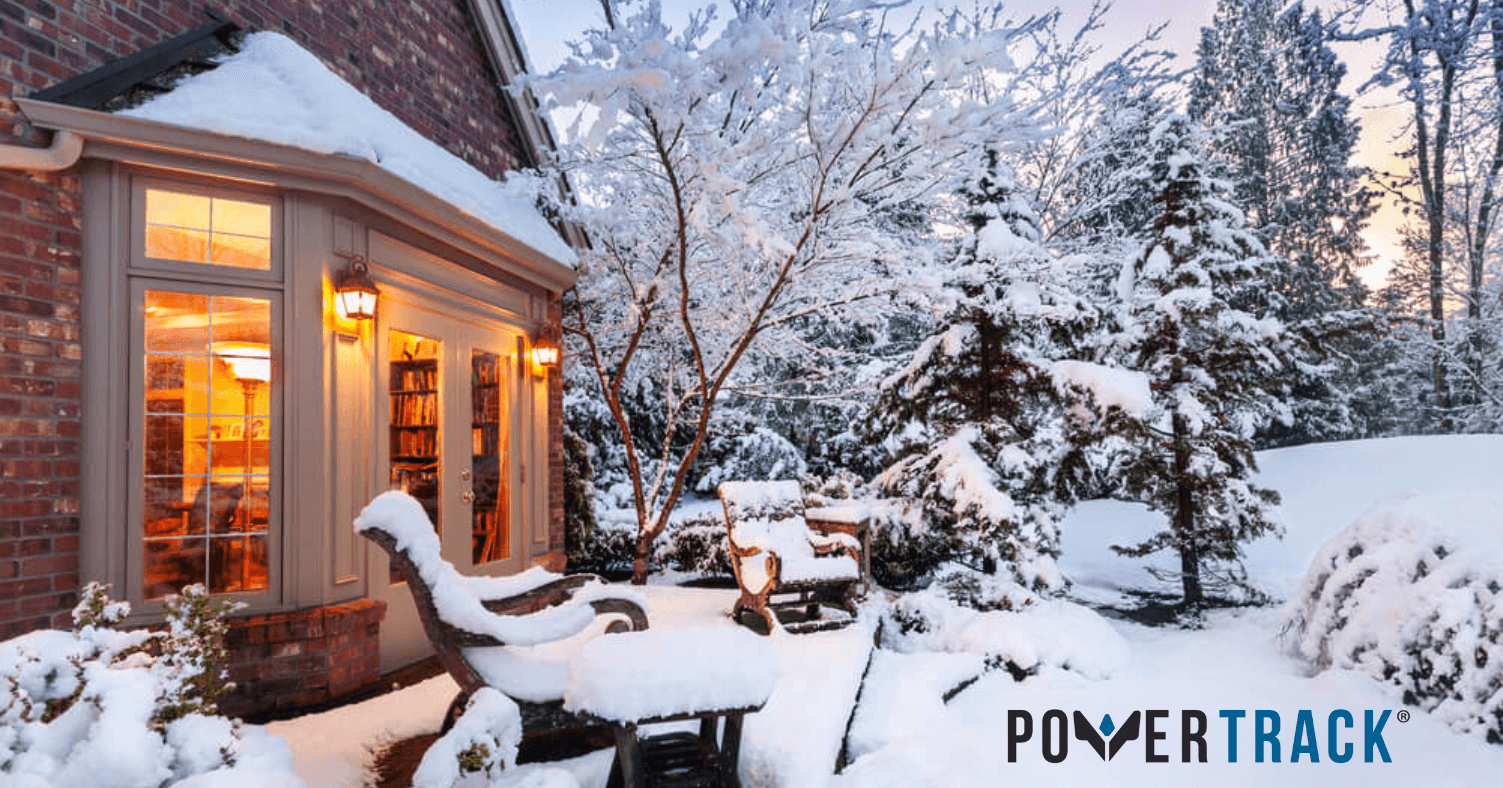Gardening during wintertime

January is typically a dormant month for gardening in much of the Northern Hemisphere, as the ground is often frozen and the weather, outside, is too harsh for most plants. However, there are still some side activities to pure gardening that can be done in this severe weather month, just depending on the specific climate and weather conditions in your area.
These activities, particularly suitable for January, include:
- Garden planning: this is the best time to sit around a table and plan what you would like to grow in your garden this year. You can research different types of plants, vegetables and flowers and create a specific layout of where everything will go to seed. This way you will be at an advantage when the growing season begins, confident that you have not misplaced plants, trees and crops.
- Pruning: some trees and shrubs can be pruned in January.
For example, deciduous and deciduous fruit trees, as well as some rose varieties, are often pruned in late winter when they are dormant. Pruning can help promote healthy growth and improve plant shape.
- Garden cleanup: After leaves fall, it is a good time to remove all dead plant material from the garden to reduce the risk of overwintering pests and diseases. By "dead plant material" we mean leaves, broken branches and other debris.
- Prepare tools: Winter is a good time to sharpen, oil and organize garden tools before the start of the growing season. Definitely taking your excavator in January or February for trimming is the best choice, just like buying a new pair of rubber tracks, so you can start the working season with top equipment, having also enjoyed the extra winter discounts.
- Start seeds indoors: January is the ideal time to sow warm-season plants, such as tomatoes, peppers and eggplant, indoors. This way they will have a head start and be ready to be transplanted outdoors when the weather is milder.
- Fertilization: If the garden will not have to be watered because of the heavy rains of the winter season, it will still be good to check the water level of evergreen plants, flower beds and turf. Fertilizing the soil becomes the key to ensuring that it has all the nutrients it needs for when the plants resume growing. It is a good idea to spade the soil so that the fertilizer can mix best with the deeper substrate, using types of fertilizer rich in potassium and sodium just to strengthen the plants.
- Bulb care: January is the time to start forcing bulbs, such as tulips and daffodils, that you will want to bloom indoors soon. Check bulbs or tubers stored during the fall, such as dahlias and gladioli, and discard those that have begun to rot or show signs of disease.
Again, remember that gardening tips may vary depending on the specific location and microclimate in question, and it is always best to research what is appropriate and suitable for your specific geographic area.

